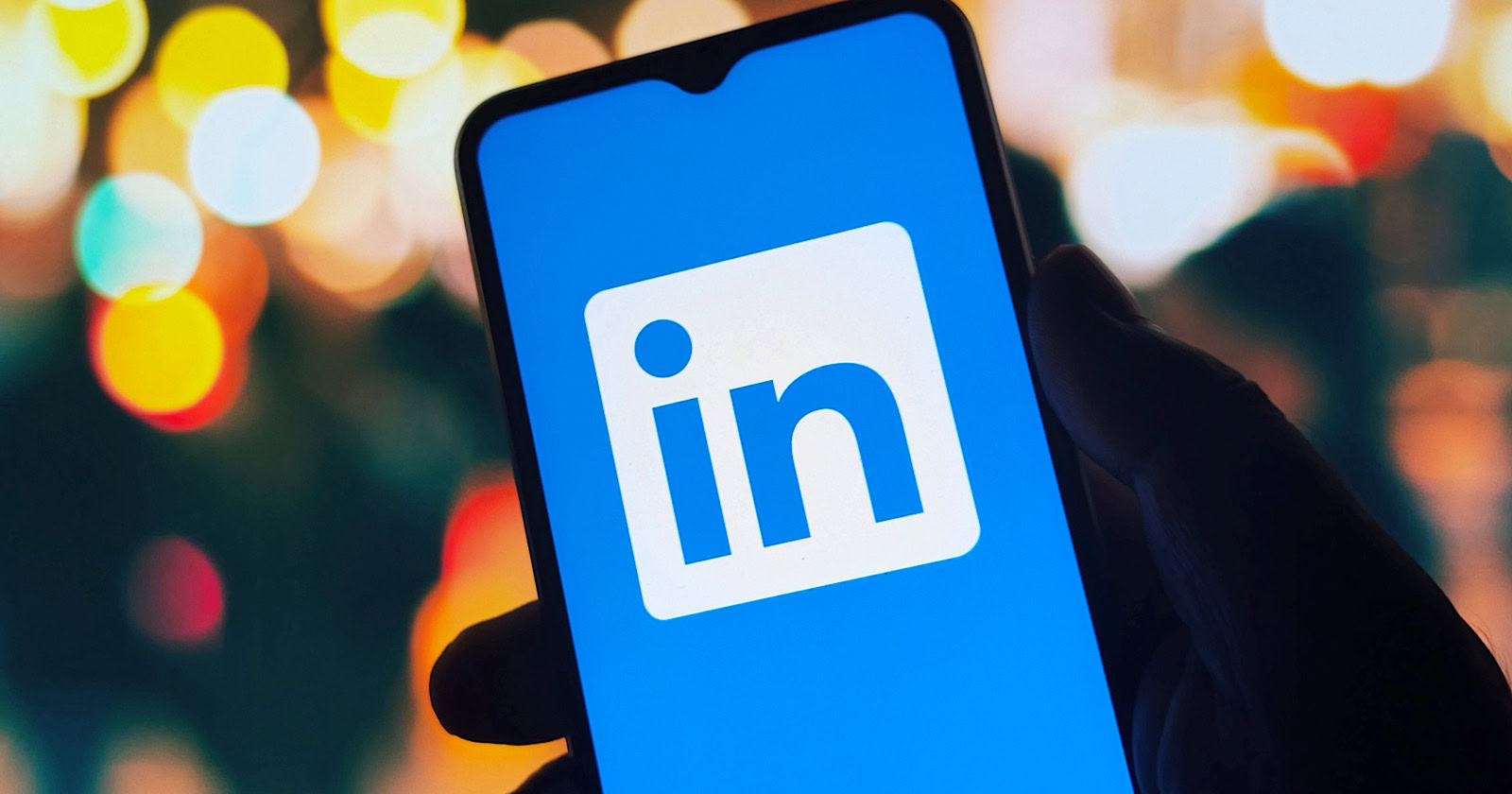From Loyalty To Fandom – How Brandoms Are Redefining Engagement
When brands nurture identity, belonging, and authenticity, they gain brandoms: tribes of passionate advocates fueling both growth and cultural influence. The post From Loyalty To Fandom – How Brandoms Are Redefining Engagement appeared first on Search Engine Journal.

This excerpt is from “Transforming Customer-Brand Relationships” by Christina Garnett ©2025 and is reproduced and adapted with permission from Kogan Page Ltd.
If a brand wants consumers to love them and be their biggest fans, they need to give them something that is worthy of that love and devotion. One has to become a fan of the fans.
Brands are no longer just selling products or services – they are building communities, identities, and experiences. The emergence of brandoms (brand fandoms) signifies a deeper level of customer engagement, where consumers don’t just buy from a company but form a deep emotional bond, similar to how fans engage with entertainment franchises or celebrities.
When a brand achieves brandom status, it signifies more than customer satisfaction; it represents the pinnacle of emotional loyalty, cultural connection, and advocacy.
Understanding Fandoms And Brandoms
Fandoms are passionate communities centered around shared interests, often tied to entertainment mediums like movies, music, or books. These groups form a strong identity around the object of their devotion, actively promoting and defending it.
When this concept translates into the commercial world, it becomes what is known as a “brandom,” where fans of a specific brand exhibit similar passionate behaviors. Tesla enthusiasts, Apple devotees, and Nike sneakerheads, for example, are more than just consumers – they integrate the brand into their personal identity, championing it as an essential part of who they are.
At its essence, a brandom represents the ultimate aspiration for companies, signaling that they have surpassed mere transactional relationships to achieve an emotional loyalty that is rare in the marketplace. Unlike a typical loyal customer who makes repeat purchases, members of a brandom advocate, evangelize, and sometimes even help co-create the brand’s future. This elevated form of loyalty means the brand has become integral to the customer’s personal narrative and sense of self.
For Dr. Georgie Carroll, a fan culture expert, the difference between fandom and brandom comes down to control. “Fandoms are organic and fan-led rather than being created and controlled by brands. Think about how fans build community around television shows or books that continue years after they’ve been released.
They’re engaging with the product, but in their own, participatory spaces. They don’t necessarily need the brand, and the brand has no say over what they’re saying or doing (which is often how fans like it – never forget the fourth wall!).
“Brandoms, however, are marketing-led spaces where brands are able to control (to a degree) the participation and engagement practices of their fans. This occurs primarily through a brand offering a ‘reward’ system that encourages participation. The exact nature of the reward varies based on what exactly it is that your customers value, which is why understanding your audience is so important.
Taylor Swift fans, for example, engage in her brandom in the hopes of receiving a social media like or reply, but that’s not going to work for everyone. You don’t want to be the uninvited guest among your customers: You need them to see you as adding value to the community, and giving them a reason to stick around.”
Dan Gingiss, customer experience expert and author, has spent years researching and exploring what makes customers feel like they have a relationship with a brand instead of being treated like a transaction.
Surprisingly, the biggest brand fans he’s interviewed shared that their loyalty was built off something going wrong. “I believe that one of the core human desires we have, first of all, we don’t look at it as a transaction. We look at it as a relationship. Companies tend to look at it as transactions. But in a relationship, in any relationship, you want to make sure the other person has your back.
Traditional customer loyalty often relies on incentives like discounts or perks, aiming to encourage frequent purchases or brand preference. A brandom, however, encompasses a far deeper, more complex relationship. Several unique factors contribute to this phenomenon. The first is emotional investment: Unlike loyalty programs, which reward frequent buyers, brandoms foster a genuine emotional connection.
Customers become deeply invested in the brand’s story, mission, and ethos, seeing it as an extension of their own values. For instance, Patagonia’s dedication to environmental activism has drawn a customer base that views the brand as a mirror of their commitment to sustainability, forming a loyal community around shared principles and purpose. By continuing to buy from Patagonia, they are essentially advocating for the brand and its purpose of sustainability.
A second characteristic of brandoms is identity and self-expression. Customers in a brandom don’t just buy products for their functional benefits; they choose them as symbols of who they are and what they value.
Wearing an Apple Watch or riding a Harley-Davidson motorcycle goes beyond utility – it’s a statement of lifestyle, values, and self-image. For these customers, the brand relationship is a part of their personal identity, serving as a visible marker of the way they see themselves and wish to be seen by others.
A third vital component of brandoms is community and social belonging. Just as fandoms thrive on collective experiences, brandoms also foster a sense of community built around shared experiences, values, and interests. These communities form both online and offline, creating spaces where fans can interact, share experiences, and even celebrate the brand together.
Companies like LEGO actively nurture these communities, recognizing the value of spaces where fans can engage not only with the brand but with each other. This sense of belonging strengthens the emotional bond as fans feel connected not just to the brand but to others who share their passion.
Finally, a hallmark of any strong brandom is advocacy and word-of-mouth. Fans within a brandom naturally become brand ambassadors, spreading the word through social media, user-generated content, or personal recommendations.
This type of advocacy is invaluable to businesses because it is perceived as authentic, trustworthy, and free from commercial bias – qualities that traditional advertising often lacks. These brand advocates serve as an organic, self-sustaining marketing force, attracting new customers while reinforcing their own connection to the brand.
Brandoms transform customer loyalty into an experience rooted in emotional resonance, personal identity, and shared community. By achieving this level of relationship, brands not only secure long-term support but also cultivate a group of individuals who see the brand as an essential part of their lives.
This unique blend of personal attachment, communal engagement, and organic advocacy positions brandoms as a powerful force, driving both business success and cultural relevance.
So, how do brands turn a customer’s “like” into “love”? Marketing strategist and best-selling author David Meerman Scott sees two main elements. “The first thing is that it seems like it requires humanity. And what I mean by that is it seems like it requires that organizations have an approach to the way they do business that feels authentic, it feels real.
“It feels like there are people behind it that care. That’s not to say that things like AI or other technologies can’t help because I think they can. But people generally don’t want to be treated like they’re a number. They don’t want to be treated like they’re just a customer to extract money from.
“So, there’s that idea of humanity. The second thing, which kind of was surprising when I was originally doing my research but in hindsight makes total sense, is that we all want to belong to a tribe of like-minded people.”
Authenticity and connection forge the road to affinity and brandoms.
Business Relevance: Why Brandoms Matter
For brands, building a “brandom” – a dedicated community of passionate brand fans – is more than a badge of honor. It’s a powerful business strategy with tangible benefits. A well-nurtured brandom drives organic growth by reducing customer acquisition costs. When fans share their enthusiasm, they create a wave of authentic word-of-mouth advertising that brings in new customers without the need for extensive and costly marketing efforts.
Customers within a brandom have higher lifetime value, making repeat purchases and engaging with premium or new products. Their emotional connection to the brand leads to consistent spending, seeing it as part of their lifestyle rather than just a purchase. This loyalty gives brands resilience in competitive markets, where others rely on discounts to retain customers. Apple exemplifies this, with users choosing its products despite lower-cost alternatives because the brand feels integral to their identity.
Beyond loyalty, brandoms foster collaboration, turning customers into contributors. These fans actively participate in product development, offering feedback, ideas, and design input. This co-creation strengthens the relationship between brand and consumer while driving innovation.
Passionate fan communities also elevate brands beyond their industry, shaping culture and embodying values that resonate deeply with consumers. Nike, for example, is more than a sportswear brand – it symbolizes empowerment and personal achievement.
A strong brandom not only provides a competitive edge but also positions a brand as a cultural icon, standing out in both its industry and broader society.
To read the full book, SEJ readers have an exclusive 25% discount code and free shipping to the US and UK. Use promo code “SEJ25” at koganpage.com here.
More Resources:
Why Search Marketing & Branding Need Each Other Why You Should Be Focusing On Brand Marketing Right Now State Of SEO 2026Featured Image: Anton Vierietin/Shutterstock

 Kass
Kass 










![Is Google About To Bury Your Website? [Webinar] via @sejournal, @lorenbaker](https://www.searchenginejournal.com/wp-content/uploads/2025/06/3-271.png)



















